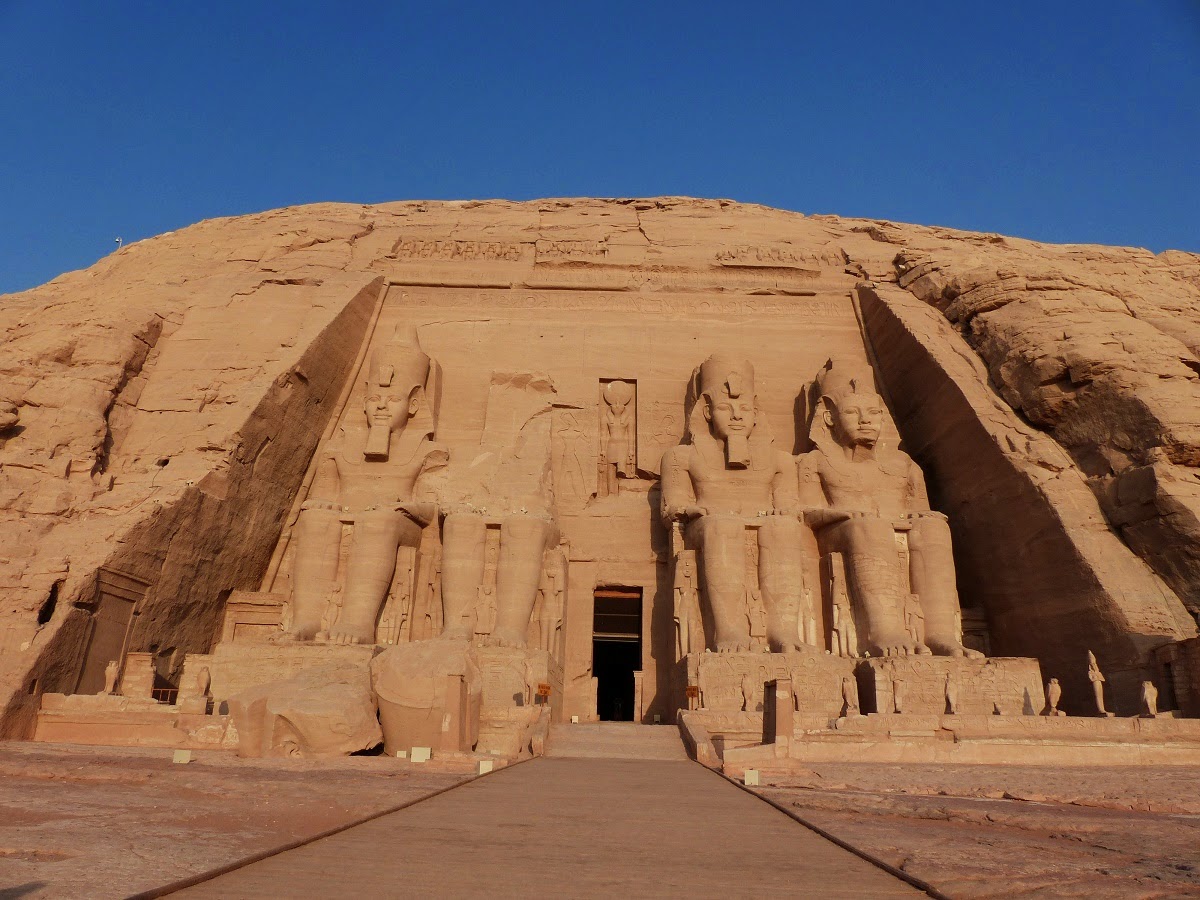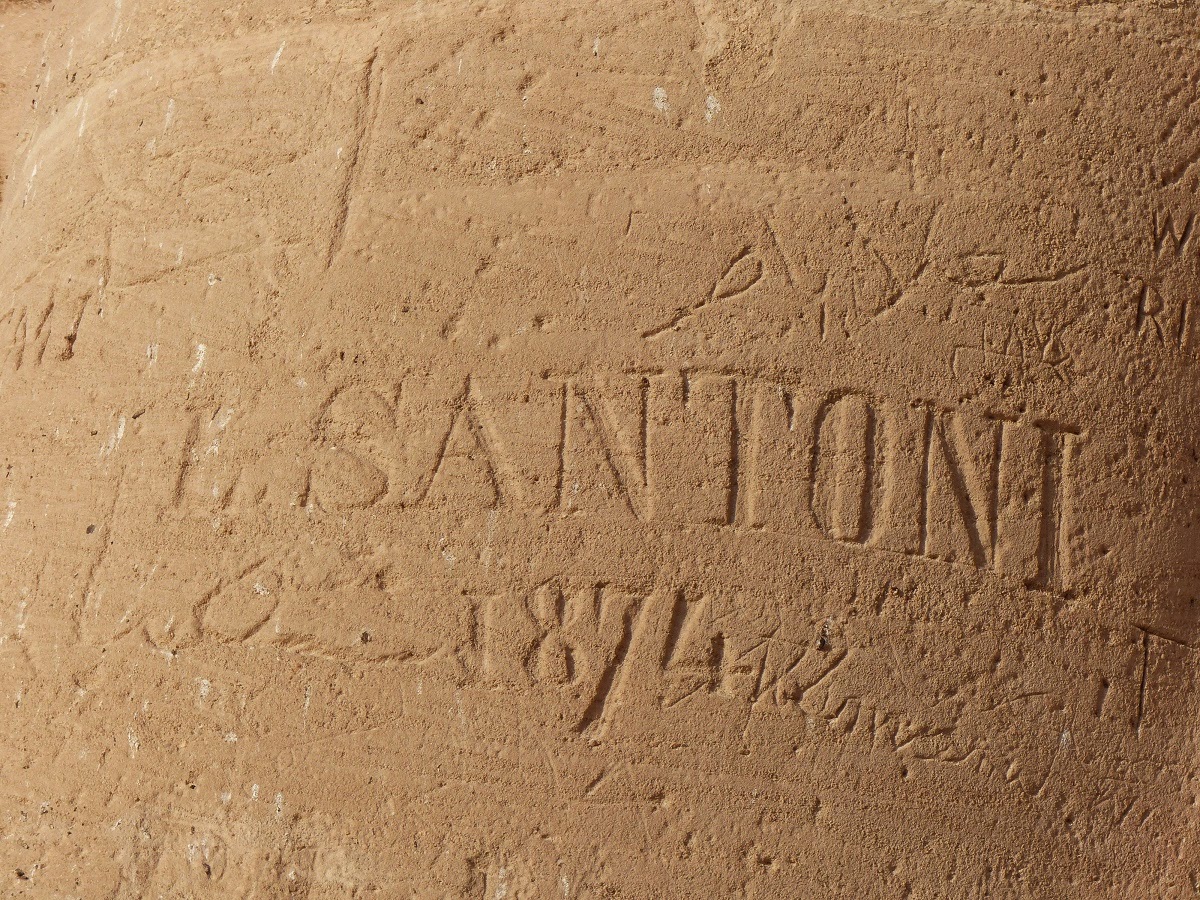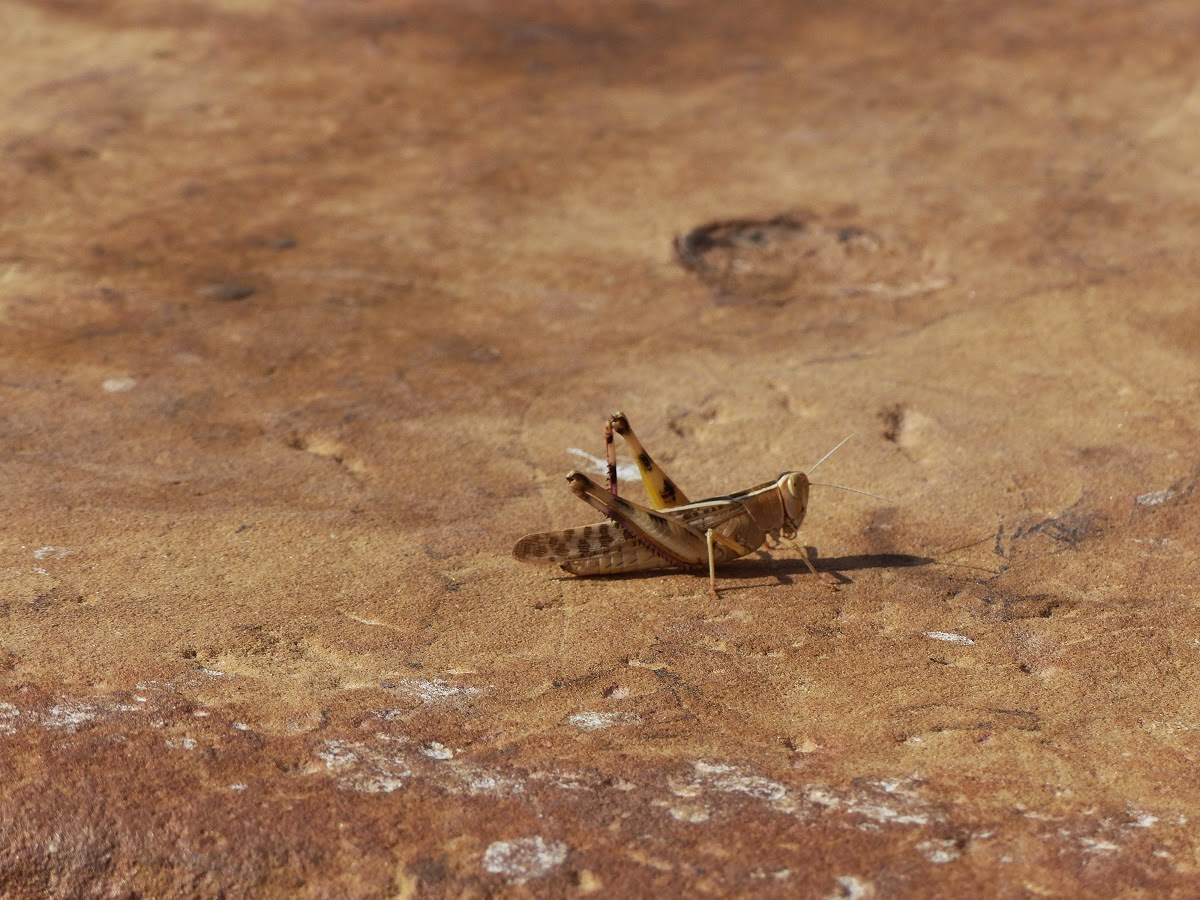Back in
the day, the Nile river flowed freely and once a year with the winter rains,
the river would flood its banks all throughout the lower regions…the Nile
delta. And this brought lots of alluvial soil to the plains full of nutrients…
and that’s what led to the birth of the great Egyptian empire of the Pharaohs…
Im pretty sure we all know this already.
But in
more modern times, these annual floods became a problem, and furthermore, most
of the water from the floods just went straight out to sea and was effectively
wasted… A bit of a shame since the rest of Egypt was a rather harsh desert that
was pretty much useless for cultivation.
So, in
about 1900 the British decided to dam the river here at Aswan. The intent was both
stop the flooding and store the water from the winter rains for later use. This
meant that much more land in Egypt became cultivatable and that now two or even
three crops could be grown in succession over the span of a year instead of
just the one. The dam was a great success and all went well.
But, as
we humans have become more technological and more industrial, we come up with
more inventive ways to harness natural resources too… And in the case of the
Nile river that means a much bigger dam to generate hydro-electricity for
industry (while still preserving the earlier dam functions of flood control and
year round water for agriculture. So, in the 60s the Egyptian government
partnered with Russian engineering and construction contractors to design the
Aswan High Dam… It was completed in the early 70s (after 10 years of work) and
was at the time and for many decades the largest dam in the world creating the
largest man-made lake in the world (Lake Nasser – only recently surpassed by a
dam in China).
But this
new dam raised the water level behind the dam wall by about 65m… and that
effectively flooded the whole length of the Nile river valley all the way back
into Sudan… And that effectively drowned pretty much all the archaeological
sites of the Nubian empire from the last 3000 years! There were of course many
smaller sites but there were also a couple of very significant Nubian/Egyptian
sites that were deemed “invaluable”… And before the waters of the new dam rose
to swallow them, an unprecedented international effort was mounted to record
all known sites and to “save” the most significant ones.
And one
of the most noted sites was Abu Simbel.
At this
site are/were located two very large and elaborate temples… one dedicated to
gods Amun, Ra-Harakti and Ptah, and the other dedicated to Hathor… Well, they
were ostensibly dedicated to those Egyptian gods but in reality they were built
by the Pharaoh Ramesses II in honour and celebration of himself (It seems he
was an incredibly insecure fellow and needed to see his own name and likeness
“in lights” everywhere in his empire (more of that to come… much more J ). So in reality the first and largest temple is
all about Ramesses II himself, and the somewhat smaller but still very
impressive second temple is about his wife Nefertari (not Nefertiti…that’s a different
Egyptian Queen).
But these
sites are located at the Southern edge of Egypt relatively near to the town of
Wadi Halfa in Sudan where I came from… But there is no way to access the site
from that end (well not till that new road is opened anyway), so in order to
get there I have to back-track by about 260Km.
And even if I had my bike I don’t think Id be allowed to go there on it.
No, it’s a commercial tourist trip on a bus for me… But hey, what else am I
gonna do while I wait the unknown number of days till my bike gets to Aswan on
the slooooow barge?
So, I get
up at 3am and get on a mini-bus and drive three hours back out into the desert
to a very remote archaeological site… But as I said, the original site where
these temples were located is in fact now covered by about 65m of water! The
new site is located pretty much directly above the old site (the river valley
is quite steep sided in this area) and has in fact been completely artificially
rebuilt by hand! Its an impressive feat,
and having now been there I can say it was well worth the visit.
Model showing the old and new sites relative to water level of the new dam.
The large
temple has four huge 20m high statues of Rameses in a seated position… each has
the same facial features (of Ramesses) and each has different adornment and
titling representing three other Egyptian gods and Ramesses himself (deified). They are all at least slightly
damaged by the passing millennia with one of them completely decapitated by an
earth-quake around the time of Jesus… Damage aside, its clear that the carving
was done with the utmost care (apparently it took 20 years to create the
temple).
The sandstone is soft and the second world war saw lots of added graffiti from visiting troops... Everyone wants to be famous it seems :(
The entry hall... beyond here no pictures allowed.
Inside
the temple things are just as impressive with a huge main chamber supported by
eight columns with more statues of gods/Ramesses, and there are several other
side chambers and way in the back a final “sanctuary” with four more or less
life-sized statues of the same four gods (this time only the Ramesses-god
figure is in Ramesses likeness). The inner chambers were not executed with
quite the same dimensional precision as the outer facade though and things are
not symmetrical and not “square”… But that’s of minor note since the really
impressive part of the inner chambers is all the highly detailed low relief
carvings… Ostensibly the main images
tell the story of how great a leader Ramesses was and how he completely crushed
the enemy Hittites at the great battle of Kadesh… The only glitch here being
that in the great battle (that lasted 15 years Im told)… there was no
“winner”!... Im told they eventually signed a truce and Ramesses married a
senior Hittite princess (as well as his favourite Nefertari and no doubt
numerous others) to seal the truce… Factual details rarely seem to register in
the minds of megalomaniacs it seems J Anyway, the inner art-work is
really very impressive and you can see why they wanted to save it… But, they
don’t allow pictures to be taken inside so I'll eventually take a few pics off the web to
illustrate…
And the
smaller temple to Hathor/Nefertari… Well, standing outside the entrance is a
façade with six statues (four of them are Ramesses and two of them are
Nefertari ) that are each about 10m high. Again the main hall inside is large
and supported with pillars and the walls are covered with more very impressive
bass relief carvings… but again no photography allowed inside… and I respected
that rule.
The whole hill is reconstructed from the rock of the original site... But you can see the edges of the reconstruction were done with a lot less care than the "main attraction".
A lonely locust... not a plague yet :)



























